Get Amazed With The Historic Architecture At Gingee Fort
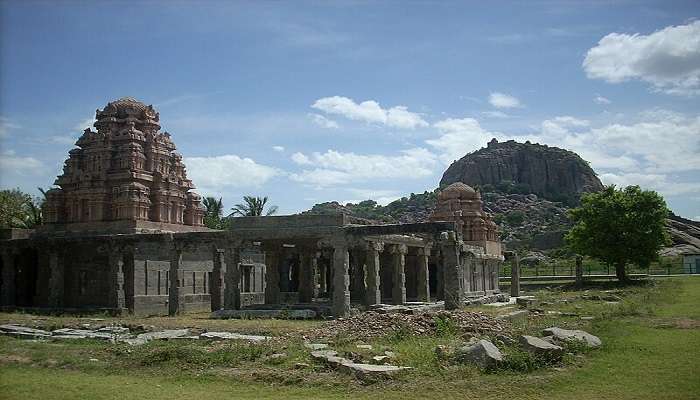
The Gingee Fort, Senji Fort, is a majestic sentinel in Tamil Nadu, India. Its imposing presence, perched atop three granite hills, has witnessed centuries of battles and empires rise and fall. Renowned for its architectural marvel and strategic brilliance, the fort earned the title “Troy of the East” from the British. It was hailed as the “most impregnable fortress in India” by the Maratha king Shivaji. As you plan your vacation across Tamil Nadu, adding this to your itinerary is a must-do, especially to witness nature’s grandeur and true beauty.
Best Time To Visit Gingee Fort
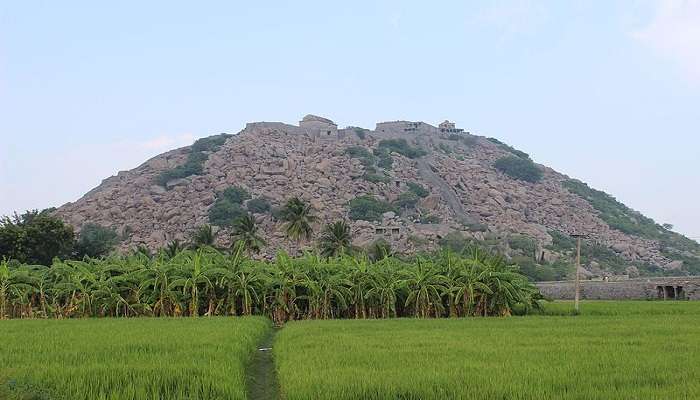
Gingee, in Tamil Nadu, experiences a tropical climate throughout the year. Although the hot and humid summers are dry seasons, they aren’t the most comfortable times to explore outdoor spots like the Gingee Fort. So, the ideal time to visit and explore the fort’s area is usually between November and February. The temperatures are comfortable during this time, usually ranging from 17°C to 28°C (63°F to 82°F).
Pair that with the clear skies and comfortable weather; you will never have to worry about unexpected rainfall or scorching heat from the sun. However, these months also coincide with their peak season, so expect decent crowds there. To beat the crowds, you can consider visiting between March and May. However, the downside is the hot climate during those months. So, plan depending on what is more favourable for you.
Must Read: Offbeat Places In Tamil Nadu
Gingee Fort History

Pretty much every fort in the world has a distinct history, and the Gingee Fort is no different. Historical evidence suggests the site was fortified as early as the 1st century AD. However, the major architectural additions and the fort’s rise to prominence occurred between the 13th and 18th centuries. According to the available Gingee Fort history, reports suggest that the Pallava dynasty laid the foundation for the fort, and Nayakas of Madurai made further contributions. They played a significant role in constructing the formidable outer walls and gateways. Due to its strategic location, the fort experienced many complications due to the fight among the rulers to determine who would be in control. The power and control over the fort passed through the hands of the Sultans of Bijapur, the Mughal emperors, the Marathas, the French, and finally, the British.
As control swapped from one to the other, each empire left a significant mark on the fort’s history and architecture. Looking back in history, one of the most important mentions comes from the Maratha warrior king Shivaji. In the 17th century, it was ruler Shivaji who recognised the fort’s significant location in Gingee and used it as a base to shield the army against the Mughal forces. Due to its immense defence capabilities, the fort could withstand the attacks of the Mughals for over eight years straight.
Gingee Fort Architecture
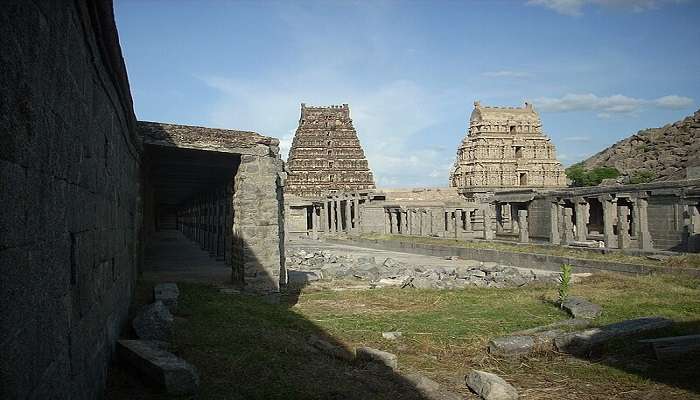
After learning about the history of the Gingee Fort Tamil Nadu, another significant factor to highlight is the fort’s architecture. Gingee Fort is not just a single structure; it’s a sprawling complex encompassing three majestic granite hills: Rajagiri, Krishangiri, and Chandrayandurg. What’s alluring about the fort is its expansiveness. Each hill boasts a separate citadel, with its fortifications, palaces, and wells, making the entire complex virtually self-sufficient. The three hills are strategically connected by a network of walls and passages, creating a vast, triangular stronghold. The total perimeter of the fort complex stretches an impressive 13 kilometres (8.1 miles), encompassing an area of 11 square kilometres (4.2 square miles).
However, what’s unique about the fort’s structure and architecture is the multi-layered defence system. Also, the fort’s outer walls boast granite blocks with bastions and fortified gateways that helped shield the army against the Mughals. As you enter the fort and explore the area, you are further introduced to the intricate passageways, secret chambers, and escape routes that were designed as a form of protection. Also, the inside of the fort features granaries and a unique rainwater harvesting system. The more you climb through the hillocks, the more you experience the beauty of the panoramic views of the surrounding landscape and a further deeper appreciation for the fort’s strategic design.
Suggested Read: Best Tourist Places In Tamil Nadu
Gingee Fort Timings
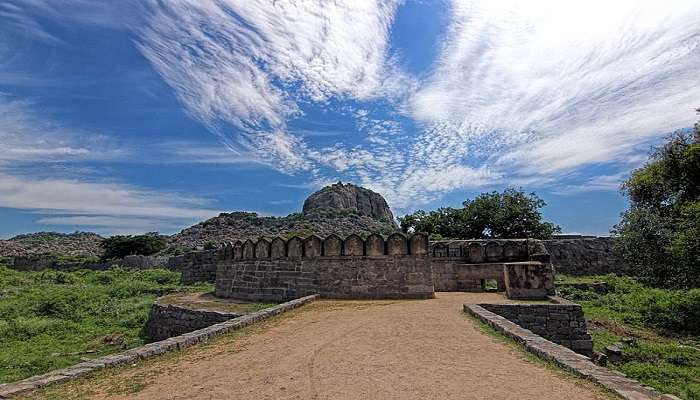
The Gingee Fort is open from 09:00 AM to 05:00 PM. When ascending, prioritise visiting during the morning for an easy and safe climb. As the sun starts setting, the area can get dark quickly, making the climb difficult for tourists.
Things To Do In Gingee Fort
A visit to Gingee Fort is a journey back in time, offering many activities and experiences for history buffs, adventure seekers, and nature enthusiasts alike. Besides exploring the fort’s premises across the three hills, here’s a breakdown of all the activities that you should experience:
1. Scaling The Summits
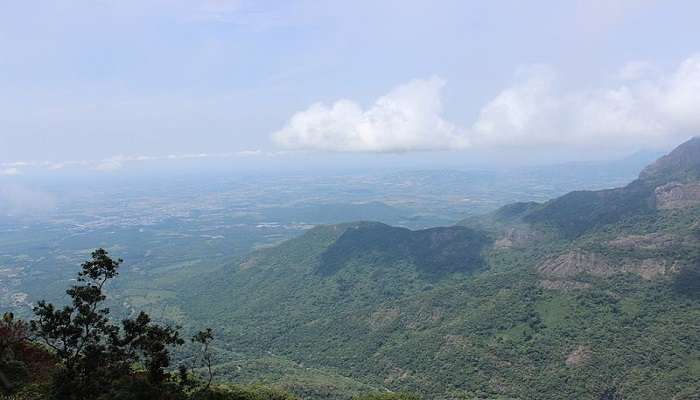
Located at an elevation and on top of hillocks, reaching each part of Gingee Fort requires strategic planning and execution. However, the most rewarding part of visiting the fort is the journey or ascent to each citadel. Winding staircases carved into the rock face lead you through fortified gateways, offering breathtaking views with every step. You do need to be careful with each step that you take.
Suggested Read: Airports In Tamil Nadu
2. Exploring The Palaces & Temples
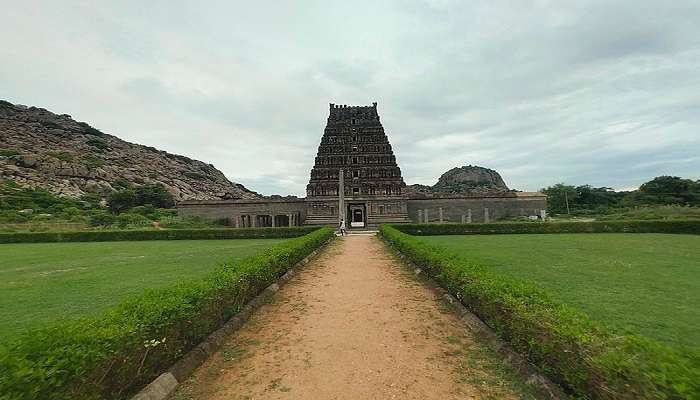
The ruins and remnants of the once grand temples and palaces lie within each citadel in the fort complex. You will find the remnants of the Rajagiri Palace and the temples dedicated to Vishnu and Jain deities. What’s stunning is that each part of the ruins depicts a tale in history, further enriching your knowledge about the place.
3. Unveiling The Granary

One of the highlights of the Gingee fort lies in the Granary. Besides its historical significance, it is an engineering marvel featuring a massive structure carved into the rock face of Chandrayaan Durg. This colossal chamber once stored enough grain to sustain the fort’s inhabitants for years. So, when you are inside the fort’s premises, you shouldn’t miss out on exploring these key elements to bask in the history and architectural marvels.
Suggested Read: Monsoon In Tamil Nadu
4. Unravelling The Secrets Of Siege Warfare
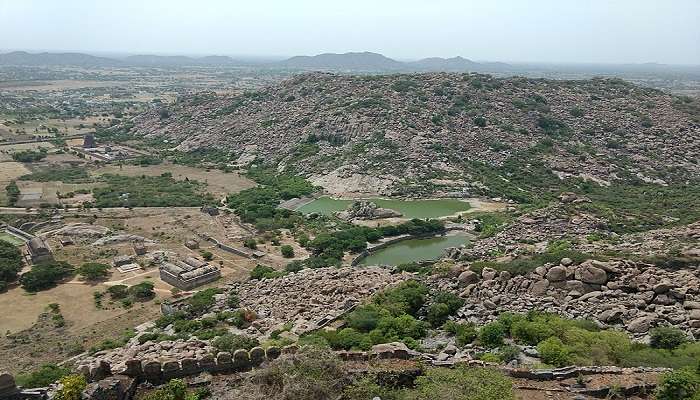
The Gingee Fort is known for its diverse range of fortifications, so prepare to explore them all while you are up there on the top. There are so many different ones to explore, including bastions, gateways, and trenches. You get to delve deeper into the fort’s history and unveil details that tie to the fort’s immense defensive capabilities back in the day.
5. Soak In The Panoramic Vistas

With beautiful peaks and lush green valleys around, the views from the summits are breathtaking. Each citadel is blessed with panoramic views that feel straight out of a postcard. The views of the nearby temples and villages also add to the experience. The fort’s strategic location thus comes in handy.
Suggested Read: Hotels In Viluppuram
6. Explore The Nature

The Gingee Fort complex is surprisingly green, with pockets of vegetation and scrubland providing habitat for various bird species. Keen birdwatchers might spot peacocks, kites, and eagles soaring above the ramparts.
How To Reach
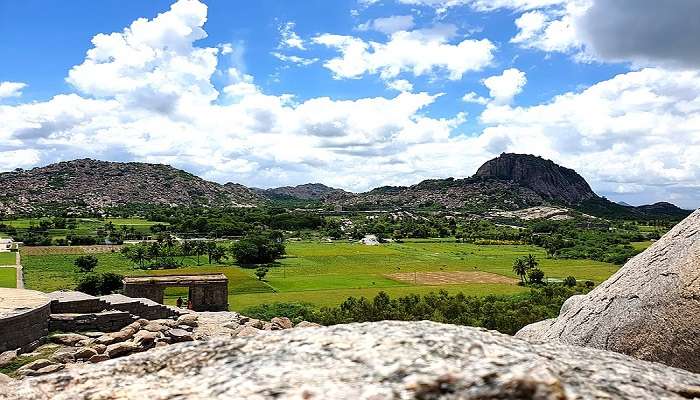
Reaching Gingee Fort, Tamil Nadu, requires some planning. The sightseeing spot is in Gingee, in the Villupuram district.
The nearest major airport is 160 kilometres away, and Tindivanam is the closest railway station. You can take a taxi or hire a car to reach the fort directly. Depending on the car’s pace, it will take 2-3 hours to reach the fort.
Once in Gingee, the fort complex itself is quite vast. Renting a bicycle or hiring an auto-rickshaw is recommended for navigating between the three hills and exploring the expansive fort grounds.
Further Read: Temples In Coimbatore
The Gingee Fort stands as a testament to the rich history and architectural prowess of South India. Its imposing presence, intricate design, and captivating stories offer an unforgettable experience for visitors. On your next planned trip to Tamil Nadu, consider adding this off-the-beaten-track fort to your itinerary for an enriching experience.
For our editorial codes of conduct and copyright disclaimer, please click here.
Cover Image Credit: Vijay rajendran for wikimedia commons
Frequently Asked Questions About Gingee Fort
What is the entry fee for the Gingee Fort?
The entrance fee for Indians to Gingee Fort is INR 5, while the amount for foreign citizens is INR 100.
Is there accommodation available near the Gingee Fort?
Due to the offbeat location of the fort, you will not find any accommodation right around the base of the fort. However, several budget-friendly hotels and guesthouses are in Gingee town and nearby Villupuram.
What are some things to keep in mind while visiting the fort?
Since you will ascend to the Gingee Fort, ensure that you wear comfortable shoes for the hike. Also, carry snacks and water with you since nothing is available at the top.
What other attractions are there near the Gingee Fort?
Several historical temples, including the Annamalaiyar Temple and the Ekambareswarar Temple, are located within a short distance of the fort.
Is the fort accessible for people with disabilities?
Due to the uneven terrain and the need for significant climbing, accessing the fort's citadels might be challenging for people with disabilities.
People Also Read:
Kamlah Fort Jaisalmer Fort Kittur Fort

With a passion for travelling, and carving beautiful stories of stunning locations I chose my profession as a content writer. The unique blend of creativity and strategy ensures that each narrative takes readers on a journey to their desired destination. With distinct locations and unique vibes, I strive to deliver captivating content that speaks to the hearts of readers.











